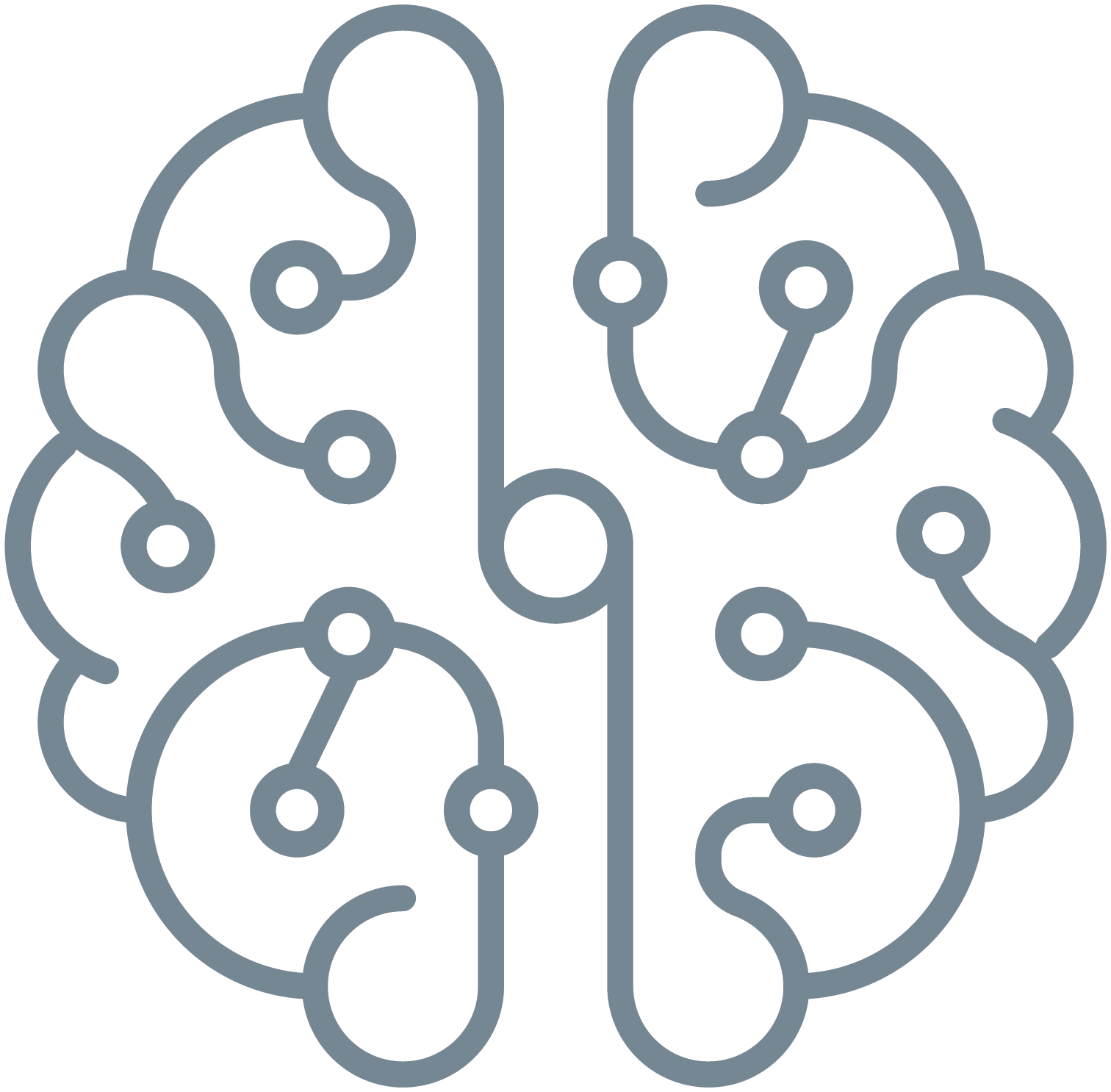If you spend any time reading the news or scrolling through social media, you’ve probably seen a lot of chatter lately about generative AI. It’s controversial, new, and its use could have significant ramifications for a wide range of industries and jobs. But what exactly is generative AI, and how is it already being used in the world?
What is generative AI?
As the name suggests, generative AI sets itself apart from other types of AI in that it generates something new instead of analyzing something that already exists. Simply put, generative AI enables computers to create new content based on patterns and data it has learned from. To “learn,” the computer devises rules to predict outcomes and create new patterns. In other words, generative AI allows a model to learn by predicting the next word in a sequence. Since it uses large amounts of data, it learns a lot about language and acquires encyclopedic knowledge. To give an example of the amount of data – 100 million sequences is equivalent to Wikipedia’s data. The prominent generative model GPT-3 was trained on data which is equivalent to 3,000 Wikipedias. Interestingly, future generative models are expected to be trained on much larger data.
Generative AI can be used to create new images, text, music/audio, videos, and even code. It is already being used in all kinds of industries, such as healthcare, media, and energy. However, despite the massive potential for generative AI, there are some drawbacks and limitations. Generative AI requires huge volumes of data, and the results are not necessarily accurate or desirable. Sometimes the results are even tantamount to hallucinations. Hence there has been a huge focus on solving the “alignment” problem. There are also concerns about deepfakes (AI-generated images that look realistic and are used for unethical purposes).
Let’s take a deeper look at what exactly generative AI can do. Here are three examples of how generative AI can be used.
Generative AI can write text
Marketing teams are among the most common generative AI application users, as the technology can greatly assist in content creation. When fed prompts (consider this like an initial seed), generative AI can write many kinds of text, including blog posts, emails, social media copy, ads, and other content. Rather than having the AI write the entirety of a piece, many marketers use these applications to get themselves started—alleviating writer’s block or playing around with alternate wording—and edit heavily before sending anything to market. Similarly, some authors can use generative AI to ideate or write portions of their novels.
Generative AI can create images from text
Perhaps one of the most well-known applications of generative AI is its ability to transform text into images. Generative AI models can interpret prompt keywords (i.e., it understands what shade of red crimson is and knows what a barn looks like) and create new image patterns, ultimately generating a new image. These images can be adjusted to various artistic styles as well.
Ebook → AI insights survey: Adopters, skeptics, and why it matters.
The technology around generative images has been around for some time, but it was not that great. It could barely generate some faces until 2022. In 2022, diffusion models improved the image generation capability tremendously for the first time. In that same year, an artist used generative AI to create artwork that won a competition, sparking debate over whether the piece—and all AI-assisted art—is true art.
Generative AI can help advance medicine
There are several ways in which generative AI is already helping to advance medicine. Geneticists are using generative AI to predict gene expression. Generative AI can also improve medical imaging and develop personalized treatment plans. In the pharmaceutical industry, generative AI is helping researchers understand protein synthesis by designing proteins. And generative AI has been used to help learn whether existing drugs and therapeutics could be used to treat other diseases.
However, these systems are not perfect—particularly if they are trained on inaccurate healthcare data, generative AI models can be prone to bias or discrimination. Furthermore, the ethics of using imperfect technology in medicine is disputed.
The future of generative AI
Since it is such a new technology, generative AI is only now beginning to see widespread use. It is progressing tremendously and getting better and better quickly. As it becomes better, faster, and cheaper, chances are it’s here to stay. Though many users remain wary of its capabilities, its potential for economic value is undeniable. Many believe what we are seeing now is just a trailer, the movie is yet to start. And gear up to see multi-fold improvements in the generative models in 2023 and subsequent years.
And in case you were wondering—this article was written entirely by a human!
Curious to know how your FinServ compliance and marketing peers are thinking about and using AI? This ebook explains: AI insights survey: Adopters, skeptics, and why it matters.
1067394.1.0


-1.png)




